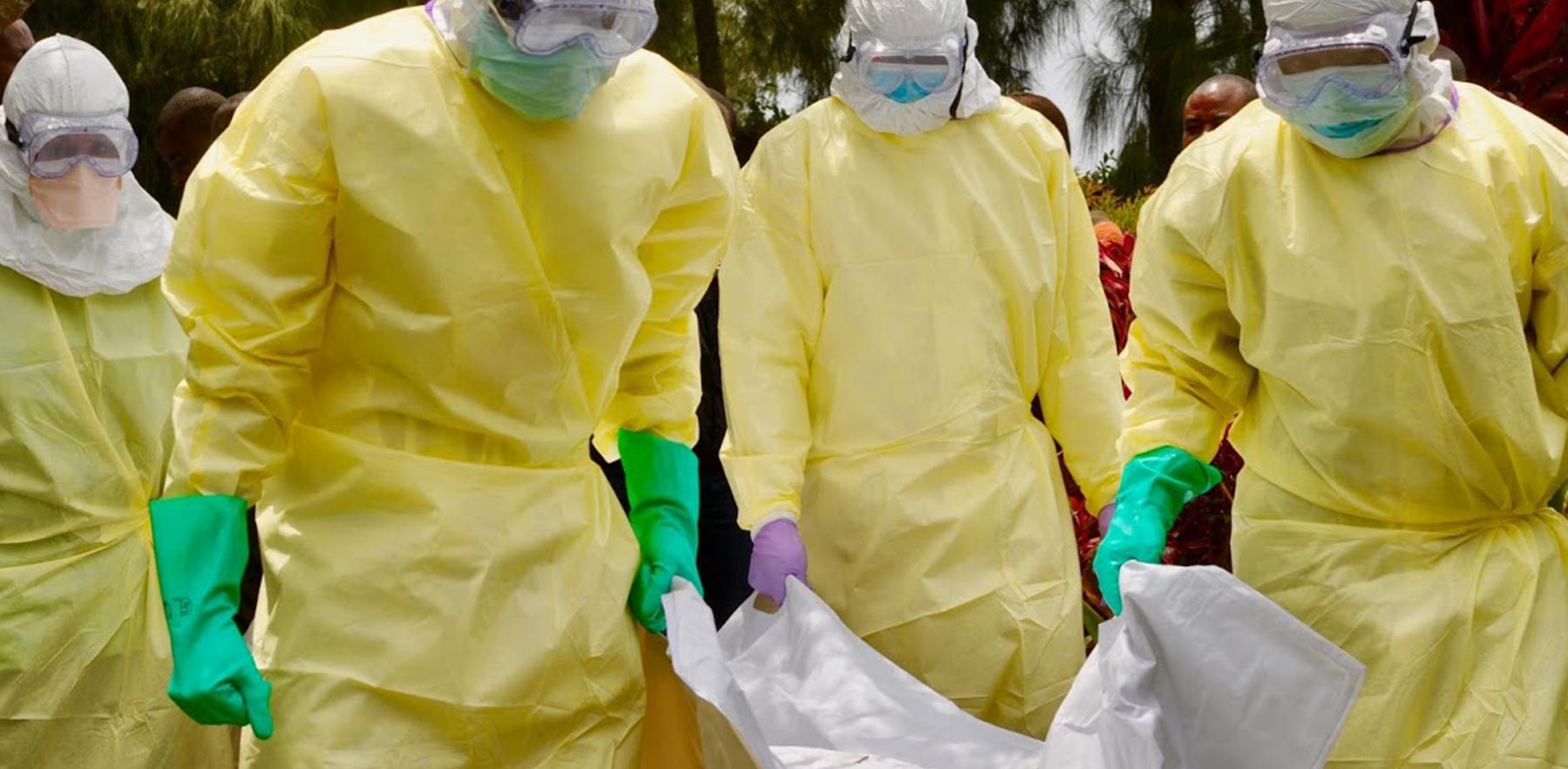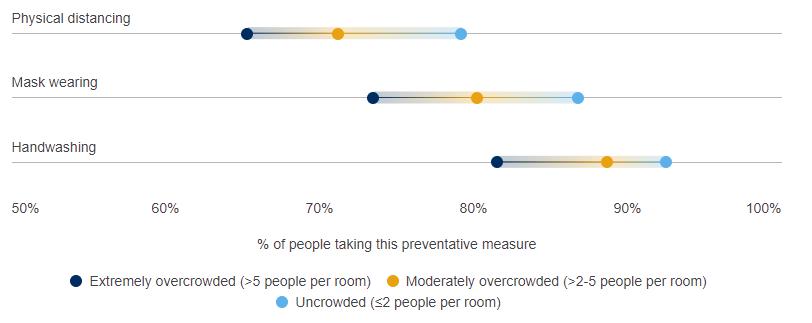The World Health Statistics report is the World Health Organization’s (WHO) annual compilation of the most recent data on health and health-related indicators for its 194 Member States. The 2021 edition reflects the status of the world just prior to the COVID-19 pandemic, which has threatened to reverse much of the progress made in recent years. It presents health trends from 2000-2019 across countries, regions and income groups with the latest data for more than 50 health-related indicators for the SDGs and WHO’s Thirteenth General Programme of Work (GPW 13).
While COVID-19 has been a crisis of historic proportions, it also presents opportunities to rapidly scale up global collaboration and fill long-standing data gaps. The 2021 report presents data on the human toll of the COVID-19 pandemic, highlighting the importance of monitoring inequalities and the urgency to produce, collect, analyse, and report timely, reliable, actionable and disaggregated data to get back on track towards our global goals.

Impact of COVID-19 on population health
COVID-19 poses major challenges to population health and well-being globally and hinders progress in meeting the SDGs and WHO’s Triple Billion targets.
The WHO Triple Billion targets are a shared vision among WHO and Member States, which help countries to accelerate the delivery of the SDGs. By 2023 they aim to achieve: one billion more people enjoying better health and well-being, one billion more people benefiting from universal health coverage (covered by health services without experiencing financial hardship) and one billion more people better protected from health emergencies.
As of 1 May 2021, over 153 million confirmed COVID-19 cases and 3.2 million related deaths have been reported to WHO. The Region of the Americas and the European Region have been the most affected, together comprising over three quarters of cases reported globally, with respective case rates per 100 000 population of 6114 and 5562 and almost half (48%) of all reported COVID-19-associated deaths occurring in the Region of the Americas, and one third (34%) in the European Region.
Of the 23.1 million cases reported in the South-East Asia Region to date, over 86% are attributed to India. Despite the extensive spread of the virus, COVID-19 cases to date appear to be concentrated predominantly in high-income countries (HICs). The 20 most impacted HICs account for almost half (45%) of the world’s cumulative COVID-19 cases, yet they represent only one eighth (12.4%) of the global population.
COVID-19 has surfaced long-standing inequalities across income groups, disrupted access to essential medicines and health services, stretched the capacity of the global health workforce and revealed significant gaps in country health information systems.
While high-resource settings have faced challenges related to overload in the capacity of health services, the pandemic poses critical challenges to weak health systems in low-resource settings and is jeopardising hard-won health and development gains made in recent decades.
Data from 35 high-income countries shows that preventive behaviours decrease as household overcrowding (a measure of socioeconomic status) increases.
Overall, 79% (median value of 35 countries) of people living in uncrowded households reported trying to physically distance themselves from others compared to 65% in extremely overcrowded households. Regular daily handwashing practices (washing hands with soap and water or using hand sanitizers) were also more common among people who lived in uncrowded households (93%) compared to those living in extremely overcrowded households (82%). In terms of mask-wearing in public, 87% of people living in uncrowded households wore a mask all or most of the time when in public in the last seven days compared to 74% of people living in extremely overcrowded conditions.
The combination of conditions related to poverty reduce access to health services and evidence-based information while increasing risky behaviours.
As household overcrowding increases, preventative COVID-19 behaviours decrease

Post time: Jun-28-2020
